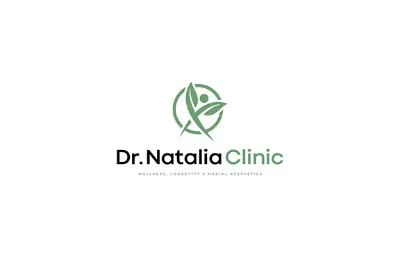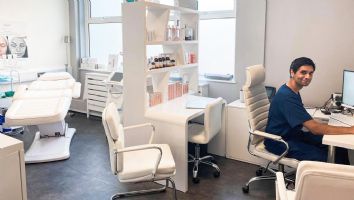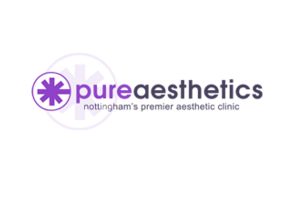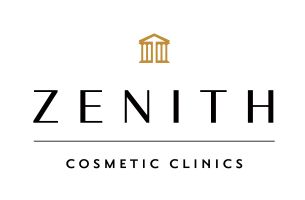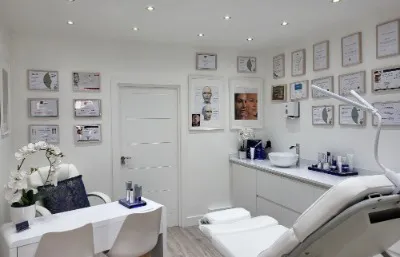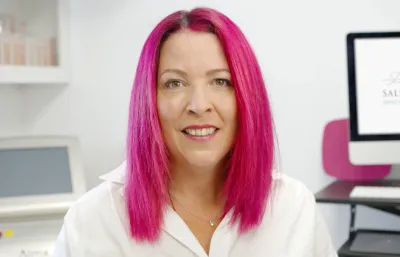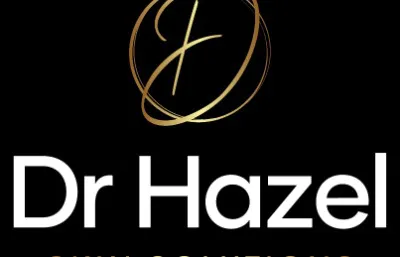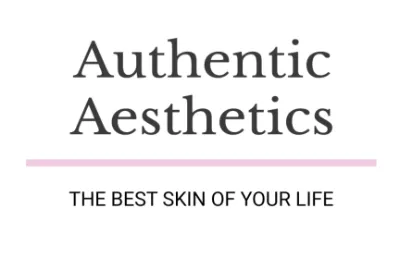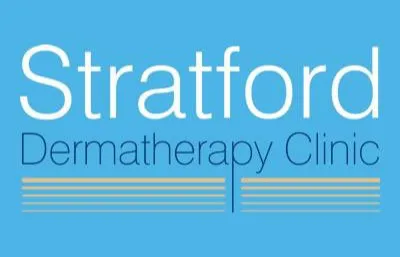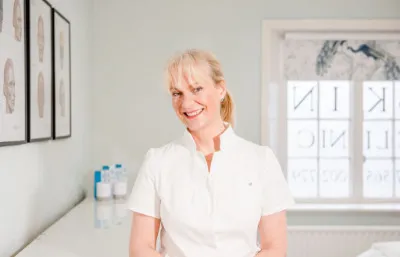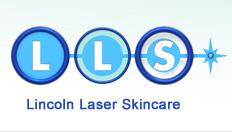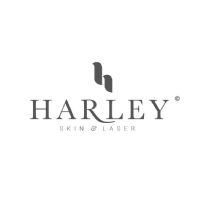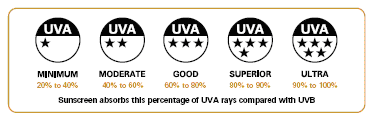Sunscreens or sunblocks that partially block UV radiation are widely available and display a Sun Protection Factor, often abbreviated to SPF, which is a measurement of protection against the UVB rays, which cause tanning and sunburn.
A sunscreen rated as SPF15 blocks 93.3% of UVB radiation and one with SPF30 blocks 96.7%.
Therefore, for example, a sunscreen with an SPF15 will protect your skin from harmful UVB light up to 15 times longer than if you wore no protection on your skin at all.
Our survey highlighted that even this most basic of sunscreen facts was not as widely known as it should be, despite it being written on most available sunscreen bottles. We found that 24% of people were unable to identify the correct meaning of SPF15; with 8% believing that they were to reapply sunscreen every 1.5 hours; 9% believing it meant they could sunbathe on each side of their body for 15 minutes without burning, 4% believing they were protected from sunburn for 15 hours; and most worrying of all 3% thinking that they would just tan without burning at all by using an SPF15 sunscreen.
Dermatologists recommend that the sunscreen you use should have a SPF of at least 15 and should be applied half an hour before going outside and reapplied every two hours thereafter to give you the stated protection. It should also be reapplied after prolonged swimming or vigorous activity where you have been sweating.
Our survey found that although a worrying 14% admitted to using no sunscreen at all, the majority of people (66%) were thankfully using a sunscreen with an SPF within the range of 11 to 30.
Crucially though, according to recent research people may be far less protected than they might think.
SPF is tested and rated in the laboratory as 2mg/cm2 of sun cream applied to the skin, but studies suggest that in reality people only apply 0.5mg/cm2 or less; that’s only 20-25% of the amount used to determine the SPF value written on the label. (1) Some experts have therefore questioned the current SPF testing methods, stating that they need to be changed to reflect actual average application of sun cream.
In addition to this discrepancy between testing methods and actual use, recent findings also suggest that the SPF you read on the bottle may not be the same SPF as contained inside. In July 2004, researchers at Which? magazine tested 15 leading sun creams, from high street chemists Boots and Superdrug and others from cosmetics firms, including Simple and Nivea, all stating SPFs of between 15 and 30. They found that some provided less protection than they claimed, while others did not block out damaging UVA rays as effectively as they claimed. However, both the manufacturers and the chemists denied these findings, claiming Which?’s testing methods were unreliable and misleading.
However, in addition to Which?, the Trading Standards Institute (TSI) carried out it’s own research and tests in June 2004 at an independent laboratory on children's protective products, and found that almost 90% failed to provide the protection claimed; leading them to urge government to bring in tough new legislation for the sunscreen industry. Of eight sunscreen products tested, marketed at babies and children, three of the products failed to live up to their UVA star rating, while four others did not match the claimed SPF.
The TSI has therefore issued its key recommendations for tighter regulations presented to the Department of Trade and Industry and to European commissioners, which include:
- Standard tests on a sun product’s SPF, UVA and water resistance.
- Only approved test laboratories to carry out sun screen testing.
- Regulations on how a product can be described, including a restriction on statements alleging a product offers ‘complete protection’ or ‘sun block’.
- An upper limit on a product’s SPF of 30 or 30+. The extra sun protection offered above 30 is minimal.
- A mandatory ‘best before’ date on all products sold solely for sun protection. This information is rarely provided.
- Clear instructions on bottles and packaging for product use and storage.
- We still await any change in SPF testing standards.

